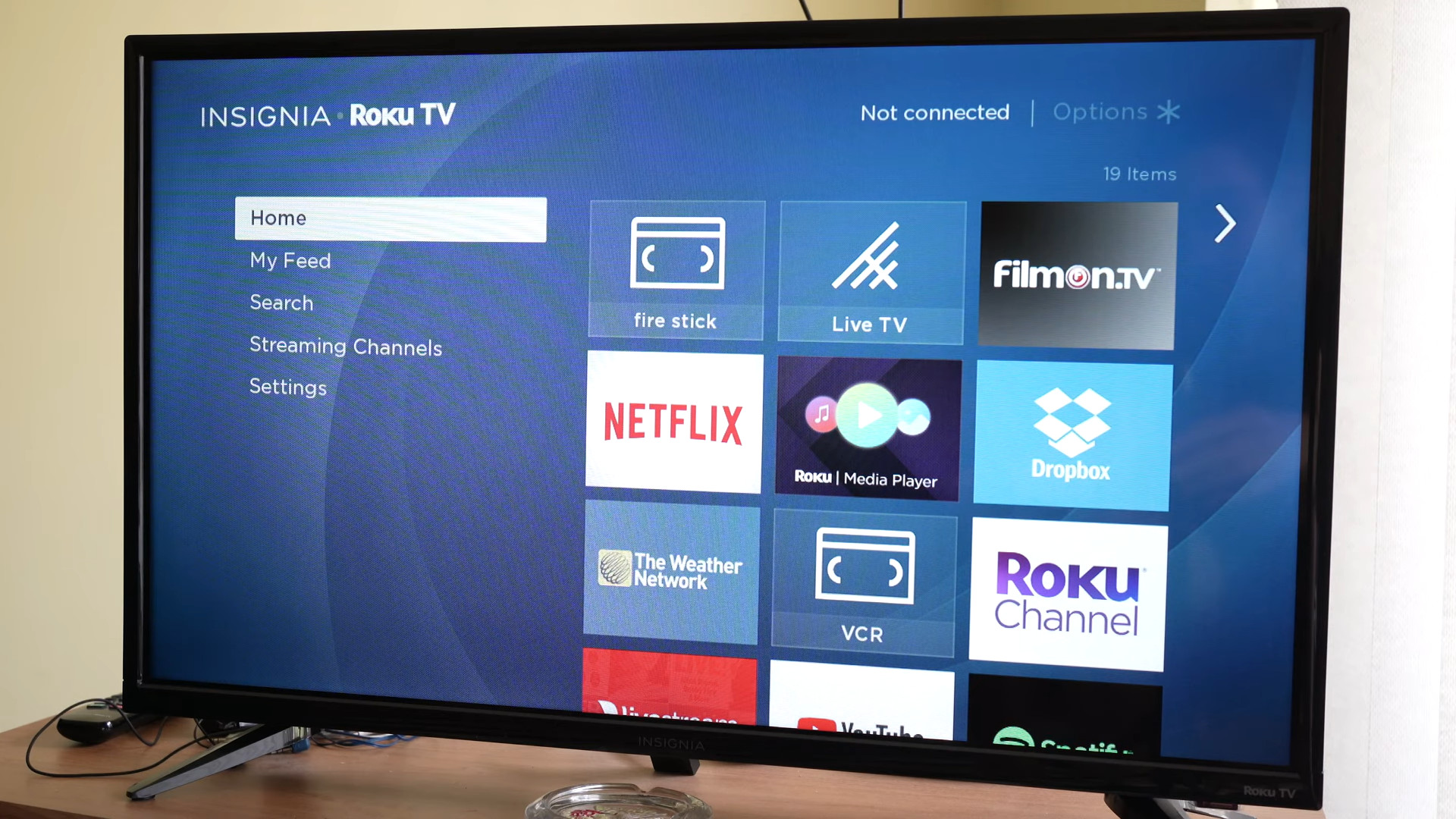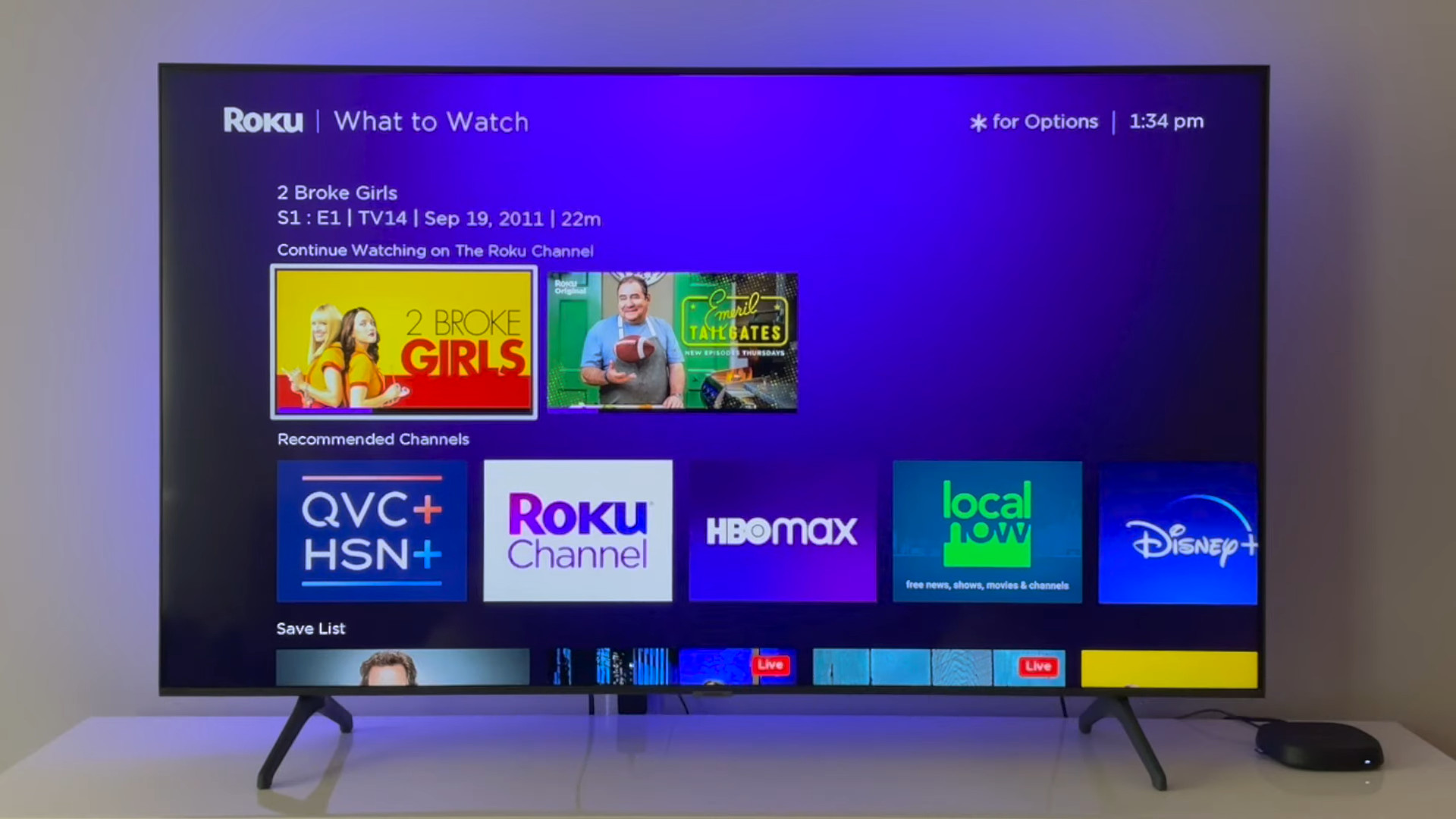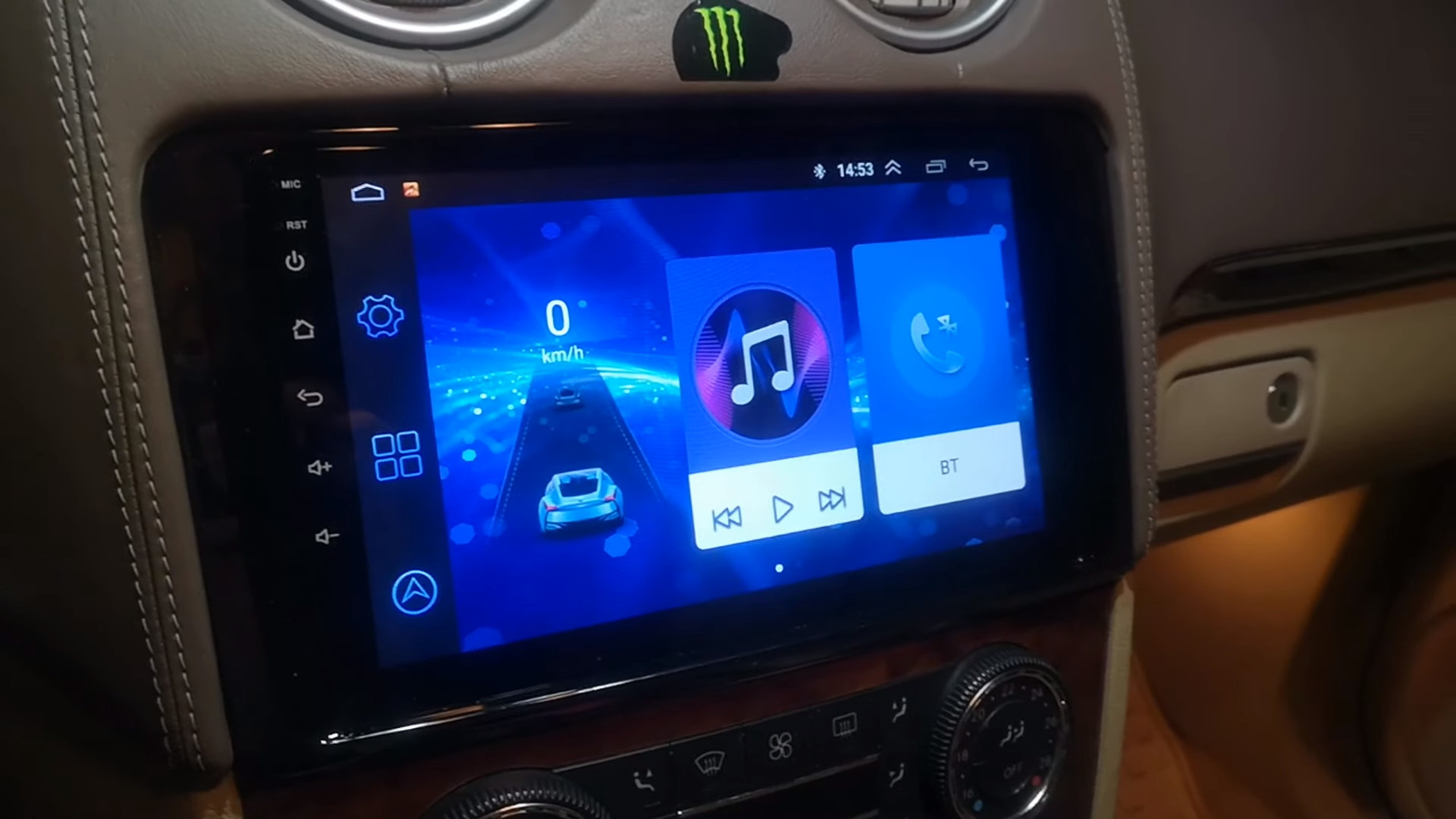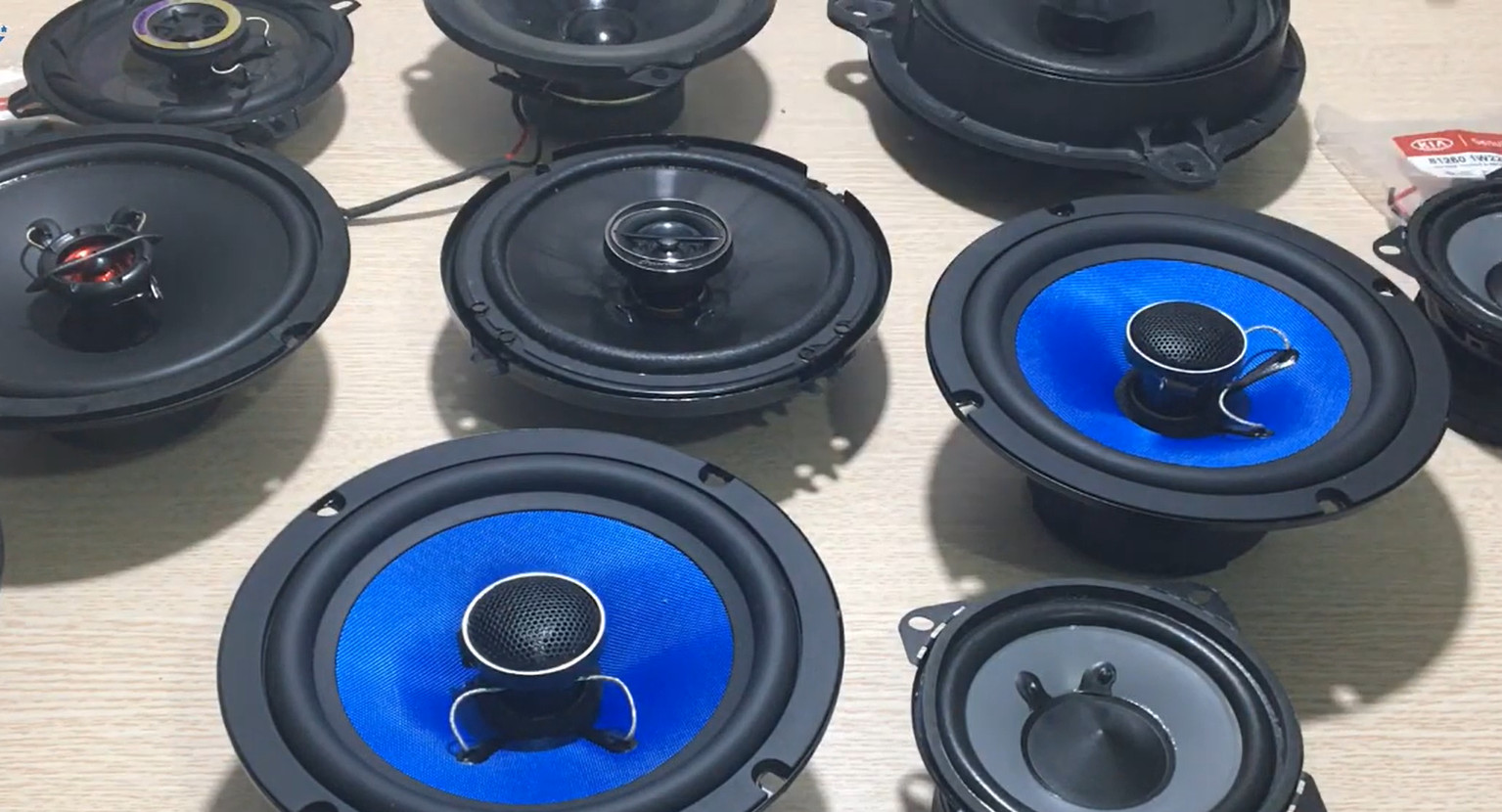When did HDMI come out? Common type & Useful tips to follow
Currently, HDMI is one of the most popular digital audio and video transmission standards. It’s trusted by more than many manufacturers around the world.
HDMI is a prevalent connection method in electronic devices, so when did HDMI come out? If you are wondering about the answer, immediately refer to the information in the detailed article below!
Contents
When Did HDMI Come Out?
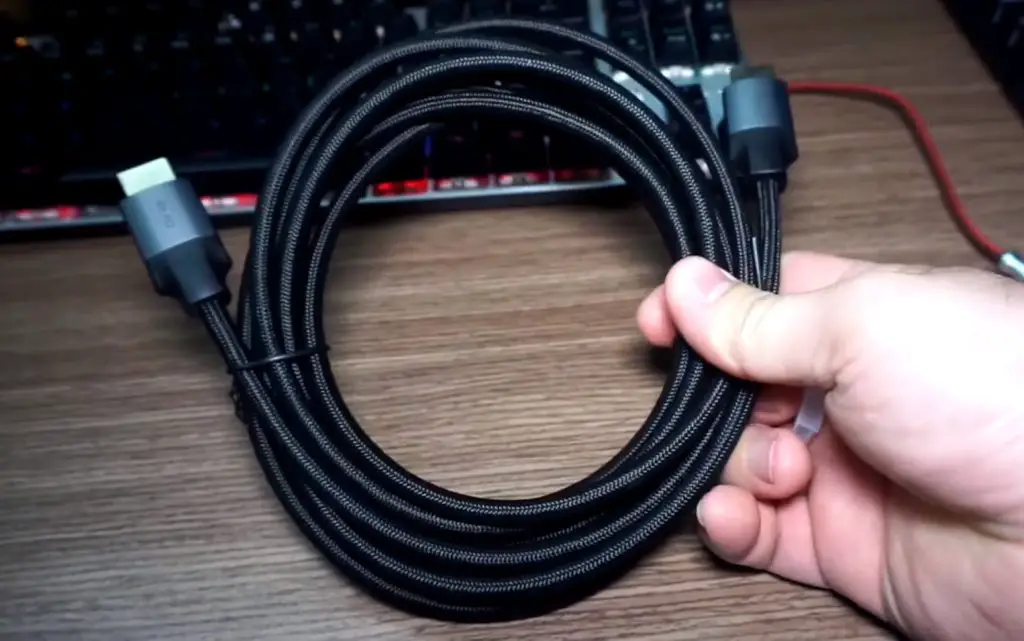
HDMI first appeared in December 2002. It is a reasonably popular standard for multimedia cables and connectors developed by the HDMI Consortium.
This brand was established in 2002, inheriting and promoting the advantages of member manufacturers such as Hitachi Maxell, Silicon Image Incorporated, and Xerox Corporation. The HDMI Consortium’s purpose is to create a new industry standard in connectivity.
In 2002, the original version of HDMI 1.0 was released. By 2004, HDMI had become popular on consumer HDTVs. In June 2006, the HDMI 1.3 version was released and widely available on camcorders and digital cameras.
In 2009, HDMI 1.4 appeared. This standard has quite a few changes compared to the previous version. One of the most significant changes is that HDMI 1.4 has introduced 4K x 2K video codecs.
According to some statistics, more than 8 billion HDMI devices have been sold since the HDMI standard first appeared.
The popularity of HDMI comes from the solution it provides for connecting high-definition displays to many other devices. HDMI also appears in many fields, from health and entertainment to industry and the military.
Over the years, HDMI has made many improvements and played an essential part in developing state-of-the-art connection technology.
Related: HDMI Arc Vs HDMI
HDMI Ports And Connectors
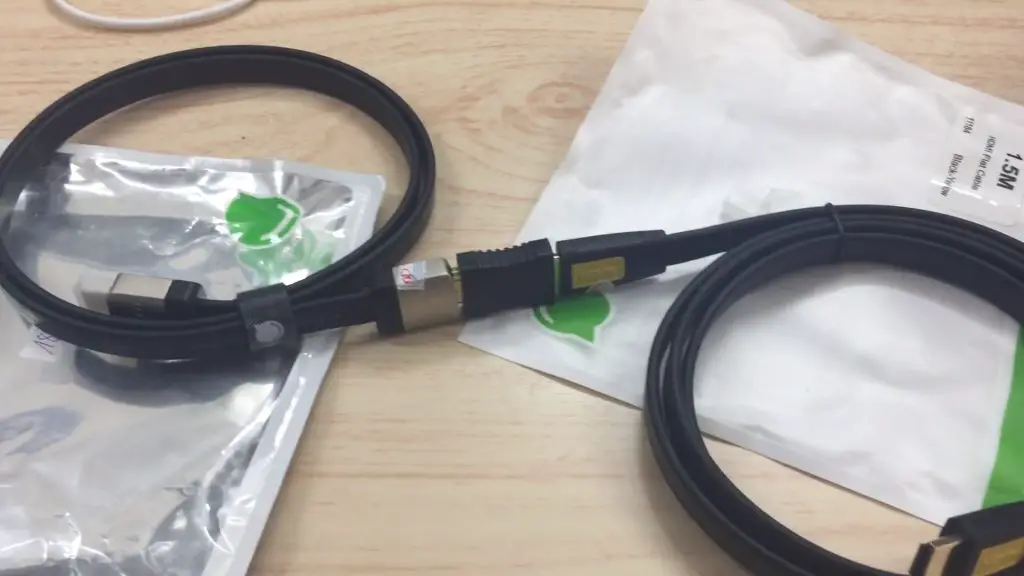
After decades of existence, HDMI has many versions and designs. Today, you will often come across three HDMI connectors: Type A, Type C, and Type D.
HDMI Type A is the connection standard. Meanwhile, Type C and D are mini or micro connections that do not carry full features.
Manufacturers have also researched and announced dual-link HDMI Type B specifically for high-resolution displays and Type E for industrial use. However, no devices have been recordable with this connection type.
To learn more about connection types, you can refer to the information below.
Standard Type A
There’s no denying the popularity of the standard HDMI type A connector. This one has up to 19 pins, which will take on a particular function.
Pins 1 – 9 will be responsible for transmitting data with the lowest error. Pins located in positions 10 – 12 help to synchronize the signal. The 13 will control power consumption, and the 14 will store data.
Also, pins 15 and 16 again display data, while 17 acts as a barrier and 18 holds power. Finally, pin 19 will monitor the current and is responsible for protection.
This connector is compatible with many devices, such as TVs, monitors, game consoles, and laptops. It is not difficult to find machines that support this type.
Mini Type C
Similar to the standard Type-A connector, the HDMI Type-C also has up to 19 pins. The difference between these two connectors is that mini-HDMI assigns CEC to pin 14 and DDC to pin 13.
However, as the name suggests, this one is significantly smaller than a traditional one. It measures 10.42 mm × 2.42 mm, slightly smaller than the 13.9 mm × 4.45 mm Type A.
Because of this feature, the Type-C connector is standard on cameras, mobile devices, and video cards. You can also connect a Type C to a Type A connector. But you will have to use a dedicated cap or an adapter.
Micro Type-D
Type D connector is the smallest of the current HDMI connector models. The D microphone is half the width of Type C, which is already well known for its compact design.
Despite its limited size, it still possesses all its essential features. This connector will work well on phones, tablets, or other small mobile devices.
FAQs
Does the old TV have HDMI?
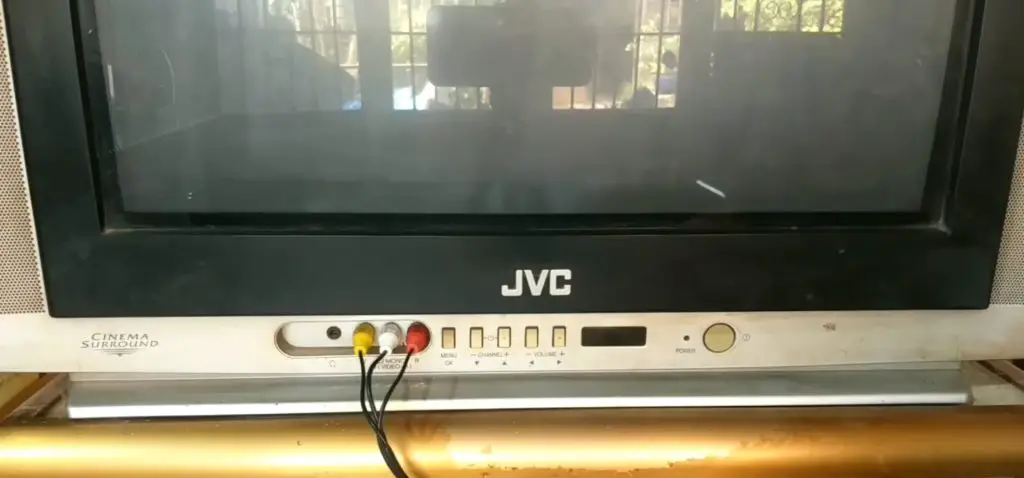
Older TVs with convex screens using LCD or plasma panels usually do not support HDMI. Because these devices transmit 1080p content differently, no Full HD connection is compulsory from HDMI.
What was before HDMI on TV?
DVI was a reasonably standard connection format on TVs before HDMI appeared. TV models that support DVI still exist.
If you need to connect via this method, you can use a DVI – HDMI converter. Also, you will not need a DVI cable but successfully transmit images and audio.
When was HDMI widely used?
HDMI first appeared in 2002. But it was only in 2004 that it began to appear widely on electronic devices such as TVs, cameras, camcorders, etc.
According to some statistics, more than 8 billion HDMI devices have been sold. This impressive number partly reflects the popularity of HDMI’s popularity.
When did they start putting HDMI ports on monitors?
On December 9, 2001, HDMI 1.0 appeared for the first time. And this is also the first time the HDMI port appears on the screen.
Do all intelligent TVs have HDMI ports?
Most smart TVs today have HDMI ports. Some ports even meet audio standards, promising accurate multimedia content.
Is DVI or HDMI better?
HDMI is a big step up from DVI.
Despite its superior video quality, DVI cannot be similar to HDMI regarding the number of supported devices, sound quality, and image resolution. Read more: DVI vs HDMI
Conclusion
When did HDMI come out? HDMI first appeared in December 2002. To this day, HDMI is still the most popular connection method.
After understanding this multimedia protocol better, I hope you can find the most suitable connector design for your electronic devices.
If you have any related questions, don’t forget to leave them in the comments section below. Thank you for reading!

